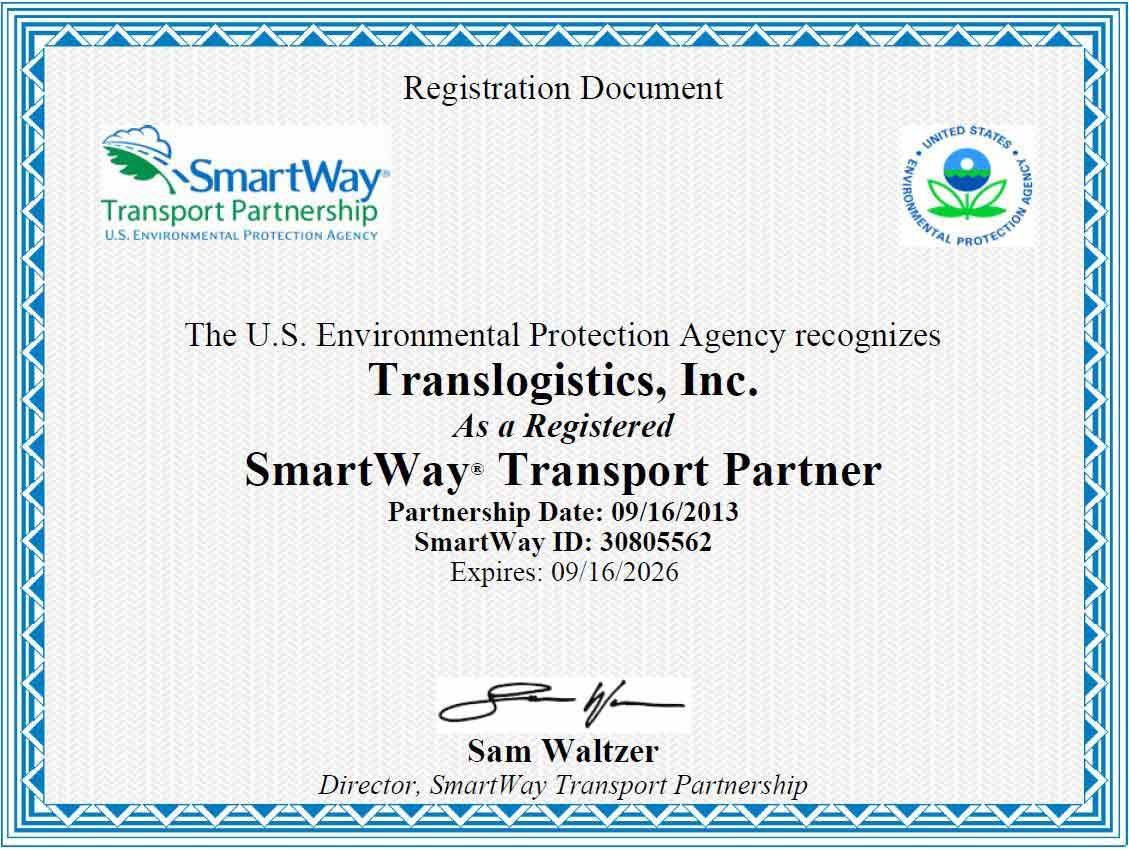Key Elements of an Effective Freight Audit Process
Effective Supply Chain Audit Process
Your finance team is the unseen powerhouse of your business; it manages payroll, operating expenses, company debt, reporting, deposits and so much more. When it comes time to optimize your supply chain process, the finance team’s long list of duties should be taken into consideration if they’re to fit perfectly in the puzzle of logistics management.
Logistics auditing is only a small part of what the finance department does for your business, so this procedure should be organized, streamlined and painless. In order for this to happen, it requires the combined effort of a dutiful customer service team, a modern transportation management system (TMS) and an attentive third-party logistics provider (3PL). The three elements below, supported by the involvement of each of these teams, can make or break your supply chain audit process.
- Internal reference numbers
If your finance team is forced to trace shipments and supply chain transactions with multiple reference numbers from vendors and carriers, it’s time to make a change. References and GL coding customized to your company eliminates the need for multiple inputs to find shipment information and data. A third-party logistics provider can sit down with your accounting team to establish internal reference numbers and GL codes to improve audit consistency. - Electronic imaging database
To further streamline accounting and auditing processes, you’ll need to enhance your method of collecting records. Specifically for your logistics operation, improvement can come from a solid imaging system that serves as a receipt library of important shipment documents. With no uploading necessary and documents obtained right at the point of carrier transactions, this automated software would store images for multiple years at a time that are accessible with the internal numbers you’ve created. - Invoice analysis tools
With an easy-to-use imaging database at the ready, your finance team will be prepared for the time-consuming challenges of verifying invoices. You’ll gain the ability to easily discover discrepancies and access the required resources to conduct a smooth mitigation process directly with your carriers. Simplify these challenges even further by utilizing a TMS that provides scrubbed shipment histories and detailed reports on useful statuses such as invoice recovery. These tools will not only reduce the burden on your finance team, but also enable better business decisions.
TLI Insights
Get the latest logistics insights and tips from TLI's award-winning team. Stay ahead in transportation planning.
Questions? Email us at marketing@shiptli.com




